
Highlights
Lake Malawi with an area of almost 30,000 km² // Liwonde National Park with the Shire River // Majete Big 5 Wildlife Reserve // Picturesque Nyika plateau with sable antelopes // Water sports activities on Lake Malawi // Tea plantations in the south of the country // Very warm and friendly people
Facts
Population: approx. 20 million // Size: 118,484 km² // Official language: English and Chichewa // Currency: Malawi Kwacha // International Airports: Lilongwe and Blantyre
Malawi is one of the smaller countries in Africa. For many, however, also one of the most beautiful. Over 120,000 km² are densely packed scenic highlights of incredible diversity, above all Lake Malawi, which covers 20 percent of the country.
The elongated body of water and the valley of the River Shire through which the lake drains lie at the southern end of the Great Rift Valley. Over millions of years, this rift zone has shaped a landscape with elevation changes ranging from just above sea level to 3,000 meters.
From Lake Malawi, the country gradually rises to the gently undulating, hilly landscape of the Central African high plateau with altitudes between 500 and 1,500 meters.
If you want to go even higher, head into Malawi’s mountainous landscapes: the whaleback-like plateau of Nyika and the Viphya mountains in the north, the Dowa highlands in the center and the two great mountain massifs Zomba and Mulanje in the south, the latter with Central Africa’s highest elevation.
Malawi is a landlocked country surrounded by Tanzania to the north, Zambia to the west, and Mozambique to the east and south. And yet: Malawi’s main attraction is a body of water with endless dream beaches.
With a length of 560 kilometers, an average width of 50 kilometers and a depth of up to 700 meters, Lake Malawi is one of the largest lakes in the East African Rift Valley and one of the most species-rich lakes on earth – a true paradise for divers and snorkelers.
The incomparable clarity of the water allows you to look up to 30 meters deep on some days and reveals the sensational diversity of species in the underwater world. Almost all lodges and hotels on the lake can offer equipment for water sports enthusiasts, and diving schools offer appropriate courses.
Malawi has emerged as a respectable Big 5 destination in recent years. With the active help of the conservation organization African Parks, many attractive species such as lion, rhino, cheetah and leopard have been reintroduced in Liwonde, Majete and Nkotakota, and hundreds of elephants have been relocated to create a better ecological balance. Experience exciting safaris on land and water, e.g. on the scenic Shire River!
Malawi harbors cultural treasures that date back to the country’s earliest history. In the north you can visit the prehistoric sites and the museum of Karonga, in the center the Stone Age rock paintings after the city of Dedza, which have been declared a World Heritage Site.
Well-preserved British-style buildings hark back to the colonial days, and Blantyre’s museums tell the story of the slave trade’s heritage. The country’s many museums include the Sea Museum in Mongochi and the Mission Museum in Livingstonia.
CHECK OUR SAMPLE ITINERARIES:
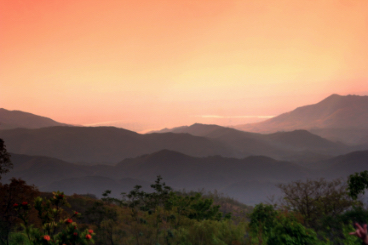
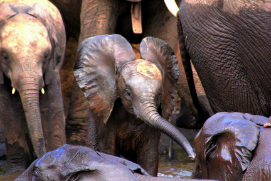
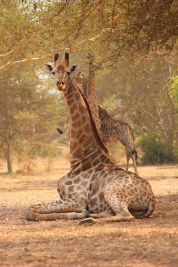
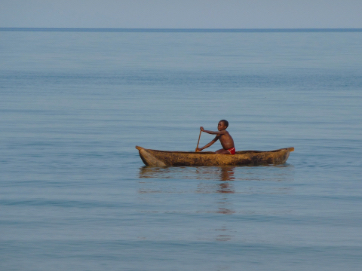
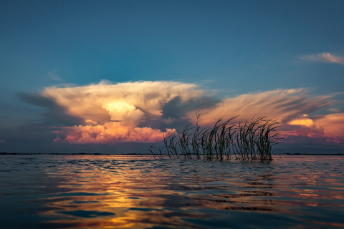
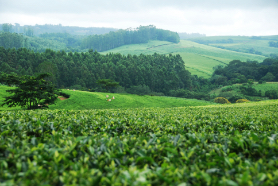
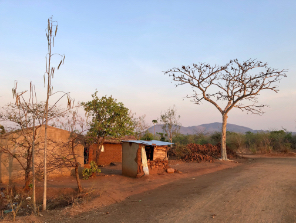
Photo credits: www.pixabay.com / www.unsplash.com – please see photo credits for more details